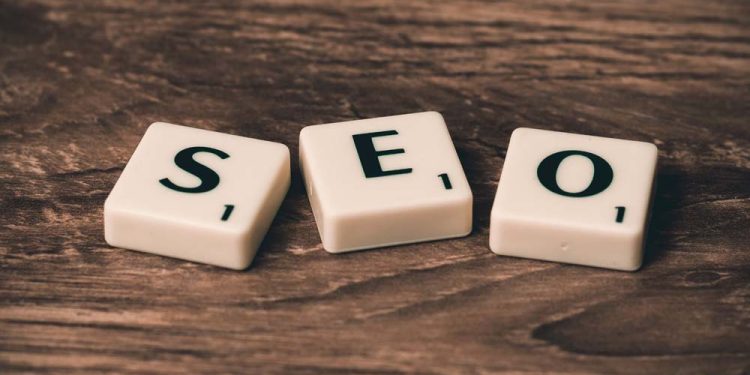Search engine optimization has become the need of the hour in today’s time. With so many websites striving hard for higher rankings on search engines, the game is not that easy. SEO is not a single entity, and it is composed of on-page, off-page, and technical optimization.
Many marketers say it’s okay if we just focus on promoting the site; traffic will automatically come. But, the reality is not so! What will users get after reaching your web page? If the page is not optimized and provides the best UX, they’ll come ever again to you. It will signal search engines that the website is not up to the mark. And gradually, the rankings will start dropping. So, the loop of traffic drop will begin! Obviously, you don’t want that to happen!
It’s high time to refurbish your on-page elements to the level best. Let’s unveil some secrets to creating an on-page strategy. By applying them, you can quickly boost your online presence.
What is on-page optimization?
Before proceeding further, let’s understand what on-page optimization exactly is. It includes everything that we have on-site. It starts from search results themselves. When a user puts a search query, what he gets? Nine to ten of the most relevant results match with their query statement.
Search engines apply algorithms to fetch the same. Web crawlers figure the content relevancy by seeing the title, URL, meta description, headings, subheadings and analyzing previous users’ behavior. Next, why will the user click on one particular result? If they feel the meta description or title is according to their intent. Furthermore, what matters the most? Website navigation and content.
Basically, on-page optimization aims to understand the customer’s journey and optimize on-site elements for search engines.
What are the benefits of on-page optimization?
The list is endless. But, some of the main benefits are:
- Generates targeted traffic: You get the targeted visitors on your website. It bears excellent results by popping on the screens of visitors who are actually searching for information on your website.
- Low bounce rate: Users will spend more time on your site if they get the optimal page experience and find interesting content. With this, bounce rate decreases considerably, customer retention rate improve, pages per session increase, and repetitive clients grow.
- Higher conversion ratio: The ultimate purpose of creating a website is to get the maximum conversion ratio in qualified leads or sales. So, you hit the things with one arrow with on-page optimization.
- Assis other marketing efforts: By improving on-page elements, the marketing circle of influence enhances manifold. You can see its effect on PPC, social media marketing, and content marketing.
How can you build an effective on-page strategy?
Developing an on-page strategy remains a challenge for SEO analysts, web administrators, and businesses. We are enlisting tried and tested optimization techniques with you to make your task much easier:
Audit your website
Auditing is the foremost step to analyze the present status of your website. It includes governing the strengths and loopholes. SEO services can help you build upon competitors’ success and find the market gap areas. With this, you can reinforce your strength areas, improve loopholes and find other potential areas.
Keyword research will assist other on-page efforts.
Keyword research streamlines other on-page efforts. Without thorough research, you’ll remain directionless on what to focus on. Get the complete data ready by going through the buyer’s journey and using keyword finder tools. It will help you get close to the primary and secondary keywords.
Some marketers say that keyword quest is not worth it. But, the keywords give you insights into what users are looking for. These are long-tail keywords having low competition, but more traffic will hit your site. With short keywords, it is easy to create categories, and indexing improves.
Tap into meta description and schema markup
Meta description and schema markup tell search engines and users what’s all on your website. Create the most appropriate meta descriptions and update schema markup. Schema markup is the global standard to tell what a particular thing means on the web page.
Publish High-quality and evergreen content
As search engine algorithms keep on changing at the rate of 500 per year, it’s impossible to change content now and then. So, what’s the possible solution? High-quality and evergreen will be able to beat the changes in the algorithms. Use keywords in a natural way for users to get the actual context.
Design descriptive title tags, URLs, and meta tags
Create URL structure as per webmaster guidelines with the hyphen between words, using proper words and no stop characters. Title and meta tags should be close to the context of the page. Use synonyms and LSI keywords in subheadings for industry-wide coverage.
Bottom Line
The ultimate secret behind creating the most fitting on-page SEO strategies is keyword research and quality content. Next, you won’t get conversions if you can’t direct your clients to perform desired actions. So, it is best to create an appealing CTA with bold letters, big sizes, and attractive colors.



























